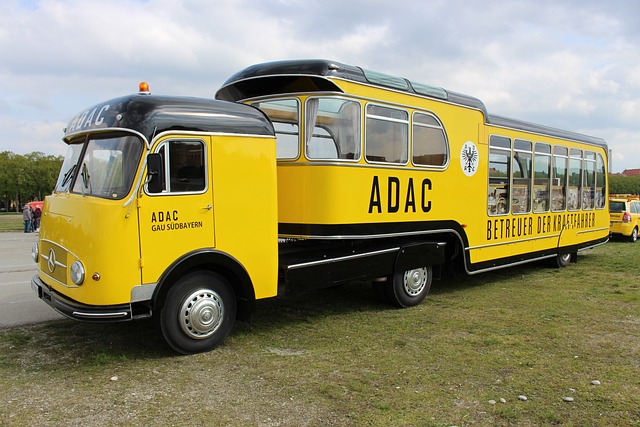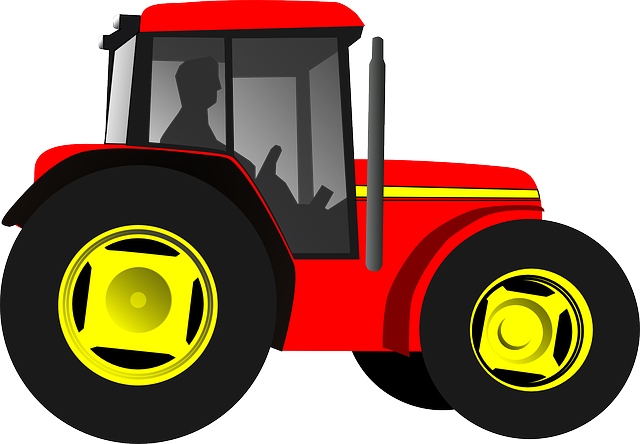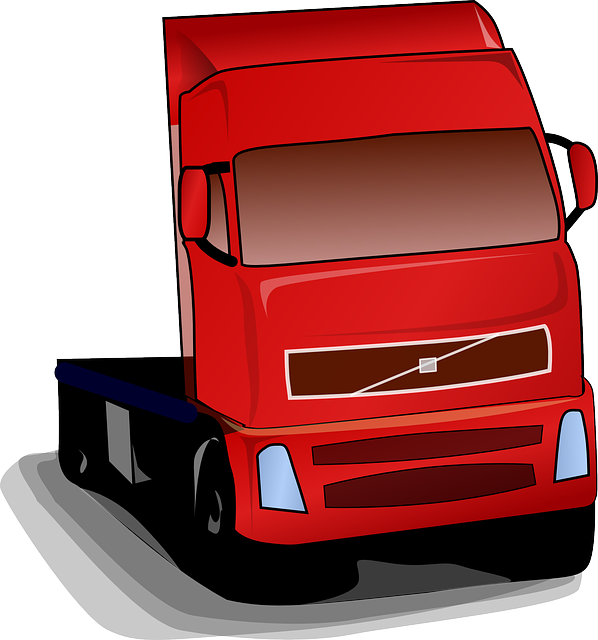For owner-operators, liability coverage is not a choice but an indispensable tool for asset protection. It shields against claims related to bodily injury or property damage arising from business operations, including premises, products, and services. Key types include General Liability for broad incidents and Professional Liability for expert advice. Comprehensive risk management involves assessing assets, identifying vulnerabilities, prioritizing coverage, diversifying insurance solutions, implementing safety protocols, and staying informed about regulations. Adequate liability coverage ensures owner-operators' peace of mind, focusing on growth while safeguarding personal and business assets from financial ruin.
In today’s uncertain business landscape, protecting personal and business assets through reliable coverage is paramount. For owner-operators, understanding liability coverage is a critical step in mitigating risks and safeguarding their investments. This article delves into the essential aspects of liability coverage, highlights its crucial role in securing business assets, outlines key components of effective insurance policies, and provides strategies for comprehensive protection. By exploring these topics, owner-operators can navigate liabilities with confidence, ensuring peace of mind and business continuity.
Understanding Liability Coverage for Owner-Operators

For owner-operators, understanding liability coverage is paramount to safeguarding their personal and business assets. Liability coverage for owner-operators typically protects against claims of bodily injury or property damage that may arise from operations related to their business. This includes instances where a customer, employee, or third party suffers harm on your premises or due to products or services you provide.
Knowing the scope and limitations of your liability policy is crucial. Common types of liability coverage include general liability insurance, which covers a wide range of accidents and incidents, and professional liability insurance, specific to businesses offering expert advice or services. Owner-operators should review their policies to ensure they offer adequate protection against potential risks, considering their unique business activities and the nature of their operations.
Why Reliable Coverage is Crucial for Business Assets

In today’s competitive business landscape, reliable coverage is not just a perk—it’s a necessity. For owner-operators, ensuring robust liability coverage is the cornerstone of a solid risk management strategy. This protective shield safeguards against potential financial devastations arising from unforeseen events like accidents, property damage, or lawsuits.
Without adequate liability coverage, businesses risk exposure to significant costs that could cripple their operations. Reliable coverage acts as a buffer, offering peace of mind and financial security. It enables owner-operators to focus on growth and innovation rather than worrying about the unknown. By prioritizing liability coverage, businesses can navigate risks with confidence, knowing they have a reliable partner in mitigating potential losses.
Key Components of Effective Liability Insurance

Liability insurance is a cornerstone in protecting both personal and business assets, especially for owner-operators who face unique risks. Key components of effective liability coverage include comprehensive general liability (CGL) insurance, which shields against claims of bodily injury or property damage on your premises or due to products you create or sell. This policy is indispensable for any business, as it covers legal fees and damages awarded in court if a customer or client suffers harm.
Additionally, professional liability insurance, also known as errors and omissions coverage, protects owner-operators from financial loss resulting from negligence or mistakes made during the course of their work. This is particularly crucial for service-oriented businesses where advice, guidance, or services provided can lead to unforeseen consequences. By having these policies in place, owner-operators can ensure peace of mind, knowing that their business and personal assets are shielded from potential, costly liabilities.
Strategies to Ensure Comprehensive Protection for Your Assets

To ensure comprehensive protection for your assets, both personal and business, integrating robust risk management strategies is paramount. Start by conducting a thorough asset inventory, identifying high-value items, and evaluating potential risks associated with each. This process allows you to prioritize coverage based on vulnerability and significance. For instance, considering the unique exposure faced by owner-operators, securing adequate liability coverage is vital. This protective measure shields against financial losses arising from accidents, damages, or legal liabilities related to your business operations.
Diversifying your risk management strategy through insurance solutions tailored for specific assets further bolsters protection. Specialized policies cater to distinct needs, whether it’s comprehensive general liability insurance, property insurance, or coverage for valuable equipment and inventory. Regularly reviewing and updating these arrangements ensures they remain aligned with evolving risks and asset values. Proactive measures such as implementing safety protocols, conducting staff training, and staying informed about industry-specific regulations contribute to a robust risk management framework, enhancing the security of your assets over time.
Protecting your assets, both personal and professional, is paramount in today’s unpredictable business landscape. By understanding key components of liability coverage for owner-operators and implementing strategies to ensure comprehensive protection, you fortify against potential risks and liabilities. Reliable coverage is not just an option—it’s a vital game changer, enabling you to navigate challenges with confidence. Remember that, in terms of asset protection, thorough preparation prevents perilous situations.
